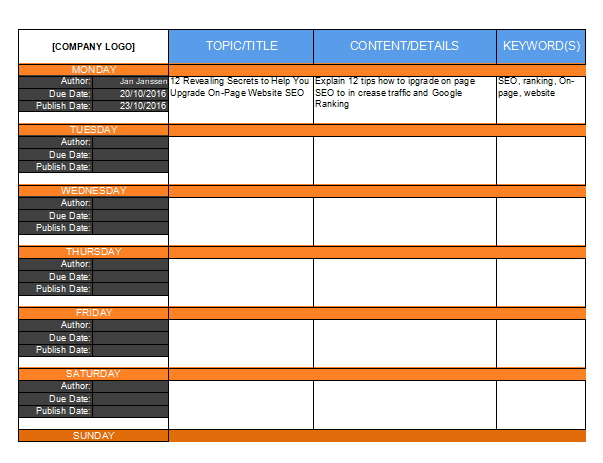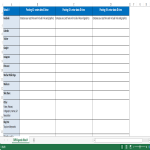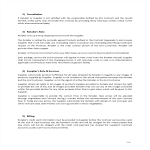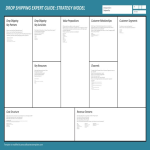Content Marketing Editorial Template

Guardar, completar los espacios en blanco, imprimir, listo!
Are you looking for a Content Marketing Editorial Template? Download this sample template then plan and optimize your marketing online content and article writing with this Excel template
Formatos de archivo disponibles:
.xlsx- Este documento ha sido certificado por un profesionall
- 100% personalizable
Business Negocio Internet Marketing Márketing editorial publishing publicación editorial calendar calendario editorial blogging blog Blog
What are the key components and purposes of a Content Marketing Editorial? Are you looking for a Content Marketing Editorial Template? This template will help you create a content plan that is tailored to your audience's needs and interests. It will also help you ensure that you're creating content that is consistent and relevant. This editorial template will help you do exactly that!
A Content Marketing Editorial, often referred to as a Content Editorial Calendar or simply an Editorial Calendar, is a strategic planning document used by content marketers and content teams to organize, schedule, and manage their content creation and distribution efforts over a specified period, typically a month or a year. It serves as a roadmap for content creation, ensuring that content aligns with marketing goals, target audience needs, and the overall content strategy.
Here are the key components and purposes of a Content Marketing Editorial:
- Content Topics and Themes: The editorial calendar outlines the topics or themes that the content will cover. These topics should align with the brand's messaging, target audience interests, and marketing objectives.
- Publication Schedule: It specifies the dates and times when content pieces, such as blog posts, videos, social media updates, or email newsletters, will be published or distributed. A publication schedule helps maintain consistency and regularity in content delivery.
- Content Formats: The calendar indicates the type of content to be created, such as blog articles, infographics, videos, podcasts, webinars, or social media posts. Diversifying content formats helps reach a wider audience and keeps the content strategy fresh.
- Assigned Responsibilities: It assigns roles and responsibilities to team members or contributors involved in content creation. This includes writers, editors, designers, and any other individuals responsible for producing and reviewing content.
- Keywords and SEO: If applicable, the calendar may include keywords or SEO strategies to optimize content for search engines, improving its discoverability by the target audience.
- Promotion and Distribution: It outlines the channels and tactics for promoting and distributing content. This can include social media platforms, email marketing, guest posting, content syndication, and more.
- Content Objectives: Each content piece should have clear objectives, such as lead generation, brand awareness, customer education, or driving website traffic. The calendar can specify these goals for each content item.
- Audience Segmentation: Content marketing often targets different audience segments. The calendar may indicate which content pieces are intended for specific segments and how they address their unique needs or pain points.
- Content Creation Deadlines: It establishes deadlines for content creation, review, and finalization to ensure that content is ready for publication according to the schedule.
- Performance Metrics: The calendar may include placeholders for tracking key performance metrics, such as website traffic, engagement metrics, conversion rates, and social media analytics. This data helps assess the effectiveness of the content strategy.
- Content Repurposing: It may identify opportunities for repurposing existing content into different formats or for different channels to maximize content efficiency.
Content marketing editorials are essential tools for maintaining consistency, aligning content with strategic goals, and efficiently managing the content creation process within a marketing team. They provide a visual overview of content planning and help teams stay organized, measure results, and adapt their strategies as needed to achieve their marketing objectives.
According to independent research, currently, 90% of all marketers are using an editorial calendar to optimise their marketing departing and keep track of results.
Take action and download this Content Marketing Editorial Template template in Excel now!
DESCARGO DE RESPONSABILIDAD
Nada en este sitio se considerará asesoramiento legal y no se establece una relación abogado-cliente.
Deja una respuesta. Si tiene preguntas o comentarios, puede colocarlos a continuación.



